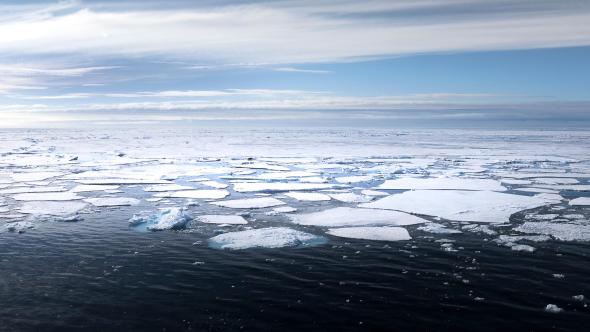On the night of January 31, 1953, the North Sea suddenly rose by almost four meters, submerging parts of the Netherlands and Belgium. The disaster caused the death of over 2,500 people, as well as considerable damage. According to Anna Kiriliouk, lecturer in statistics at UNamur's Department of Mathematics and EMCP Faculty, this exceptional event truly marked "the beginning of the development of extreme value theory, with the development of the first extreme value construction project"
The Delta Plan, as it is called, is a system of dikes that protects the Netherlands against the risk of flooding, with these dikes overtopping once every 10,000 years. A rare danger, certainly, but not zero, which "could not have been calculated using conventional statistics, which are very poorly adapted to rare events", believes the mathematician.
While climate change is often discussed in terms of averages, such as rising temperatures and sea levels, it also has the consequence of increasing the frequency of extreme weather events, with significant repercussions for our societies. "In other words, the risk increases along with the concentration of greenhouse gases (GHGs) in the atmosphere", summarizes the researcher. "Thus, a flood calculated in 1953 to occur only every 10,000 years does not have the same significance as today. The latter could happen more frequently, for example every 1,000 years."





